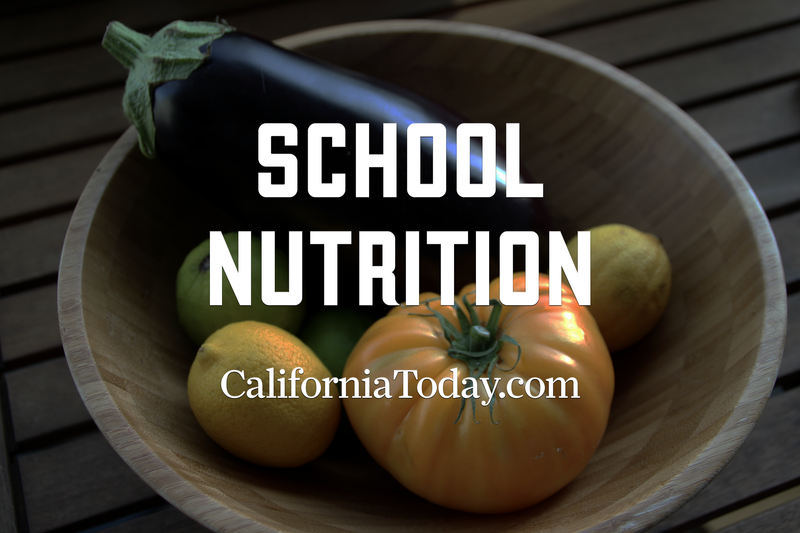Congressional report flags gaps in U.S. policy on ultra-processed foods
A new report from the Congressional Research Service outlines how ultra-processed foods are increasingly at the center of health and environmental policy debates, despite no official definition in U.S. law. The FDA, USDA, and lawmakers may face key decisions in 2025 and beyond.
Ultra-processed foods (UPF) have become a growing focus in U.S. food policy discussions, but no federal statute or regulation currently defines the term. A report from the Congressional Research Service (CRS), released late in 2024, highlights the absence of a legal framework for UPF even as researchers, federal agencies, and members of Congress consider changes to labeling, ingredient oversight, and dietary guidelines.
Authored by Renée Johnson and Alexandria K. Mickler, the CRS report references the NOVA classification system, developed in Brazil in 2010, as the most widely used framework for categorizing foods by their level of processing.
According to NOVA, ultra-processed foods include a wide range of industrially formulated products such as sodas, packaged snacks, processed meats, sweetened dairy desserts, and instant meals. These items are typically made from substances extracted from food or synthesized in labs, and often involve industrial processes like extrusion and molding.
Although NOVA is commonly used by researchers, the report notes that it is not part of any U.S. regulatory system. The Consumer Brands Association, a U.S. industry group, has publicly criticized the NOVA system as arbitrary and not science-based, though the group supports greater transparency in labeling.
No FDA Approval Required for Most Food Products
Under current law, food products do not require FDA approval before entering the market. Food additives, however, are generally subject to premarket review unless they fall under the “Generally Recognized As Safe” (GRAS) exemption. These GRAS substances may be used without formal FDA approval if they are widely accepted among qualified experts for their intended use.
Labeling of packaged foods is governed by the Nutrition Labeling and Education Act of 1990. The law requires disclosure of nutrients such as sodium, added sugars, and saturated fats, along with certain additives used to enhance flavor, appearance, or shelf life. The FDA is considering updates to its front-of-package nutrition labeling rules, according to the CRS report.
2025 Dietary Guidelines May Address UPF Directly
The Dietary Guidelines for Americans (DGA), issued jointly by the U.S. Department of Agriculture and the Department of Health and Human Services, currently do not include a definition or mention of ultra-processed foods. The existing 2020–2025 guidelines do advise limiting processed meats, sugary beverages, and refined grains.
However, the upcoming 2025–2030 DGA may take a more direct approach. One of the scientific research questions under review asks,
“What is the relationship between consumption of dietary patterns with varying amounts of ultra-processed foods and growth, body composition, and risk of obesity?”
The Dietary Guidelines Advisory Committee is expected to deliver its findings in late 2025.
Research and Environmental Concerns Cited
The CRS report references studies that estimate ultra-processed foods account for 50% to 70% of the dietary energy consumed in the United States. Some studies cited in the report associate high UPF consumption with increased risks of cardiovascular disease, weight gain, and certain cancers. The strength of these associations varies depending on the type of UPF and the population studied.
The report also notes environmental concerns linked to UPF production, including monoculture farming, high energy use, greenhouse gas emissions, and packaging waste. It suggests that environmental labeling or stronger guidance from the Federal Trade Commission’s Green Guides could become part of future policy discussions.
Legislative Activity Underway
Several bills introduced in the 118th Congress propose new requirements for food labeling, additive reassessment, and GRAS reform. Although none have passed as of May 25, 2025, many have advanced to committee stages. Here’s a summary of the most relevant proposals:
Ingredient Oversight and GRAS Reform
- H.R. 9817 – Toxic Free Food Act of 2024
- Introduced by Rep. Rosa DeLauro (D-CT) on Sept. 25, 2024.
- Referred to the House Committee on Energy and Commerce.
- Status: In committee.
- H.R. 7588 – Agricultural Food Chemical Reassessment Act of 2024
- Introduced by Rep. Jan Schakowsky (D-IL) on March 7, 2024.
- Status: Referred to the Subcommittee on Livestock, Dairy, and Poultry as of Aug. 30, 2024.
- H.R. 3927 – Food Chemical Reassessment Act of 2023
- Introduced by Rep. Jan Schakowsky (D-IL) on June 7, 2023.
- Status: Referred to the Subcommittee on Health as of June 9, 2023.
- S. 3387 – Ensuring Safe and Toxic-Free Foods Act of 2023
- Introduced by Sen. Edward Markey (D-MA) on Dec. 4, 2023.
- Status: Referred to the Senate HELP Committee.
General Food Labeling Reform
- H.R. 2901 – Food Labeling Modernization Act of 2023
- Introduced by Rep. Frank Pallone (D-NJ) on April 26, 2023.
- Status: Referred to the Subcommittee on Health. Committee meeting held Sept. 10, 2024.
- S. 1289 – Food Labeling Modernization Act of 2023
- Introduced by Sen. Richard Blumenthal (D-CT) on April 26, 2023.
- Status: Referred to the Senate HELP Committee.
Targeted Labeling of Nutrients
- H.R. 6766 – TRUTH in Labeling Act
- Introduced by Rep. Jan Schakowsky (D-IL) on Dec. 13, 2023.
- Status: Referred to the Subcommittee on Health.
- S. 3512 – TRUTH in Labeling Act
- Introduced by Sen. Richard Blumenthal (D-CT) on Dec. 13, 2023.
- Status: Referred to the Senate HELP Committee.
- S. 4195 – Childhood Diabetes Reduction Act of 2024
- Introduced by Sen. Bernie Sanders (I-VT) on April 18, 2024.
- Status: Referred to the Senate HELP Committee.
While none of these bills have advanced beyond committee as of May 25, 2025, they reflect a growing bipartisan interest in strengthening food labeling and chemical oversight. Policymakers are expected to revisit some of these proposals during the 119th Congress if no further progress is made in 2025.
FDA Could Act Without Congress
The FDA could also act independently. The agency has the authority to update guidance, such as it did in 2015 when it declared partially hydrogenated oils were no longer GRAS. The CRS report notes that the FDA may consider new voluntary guidelines or further administrative action as it finalizes revisions to front-of-package labeling. These actions could reshape how ingredients and processing levels are communicated to consumers, even in the absence of new legislation.
Looking Ahead
As of May 2025, there remains no legal definition of ultra-processed foods in U.S. food law, but pressure is mounting on both Congress and federal agencies to address the issue. A mix of proposed legislation, evolving dietary guidelines, and potential FDA actions suggest that reforms to food labeling and ingredient oversight are on the horizon. Whether these changes arrive through legislation, administrative rulemaking, or updated consumer guidance will determine how—and how clearly—Americans are informed about the foods they eat.





